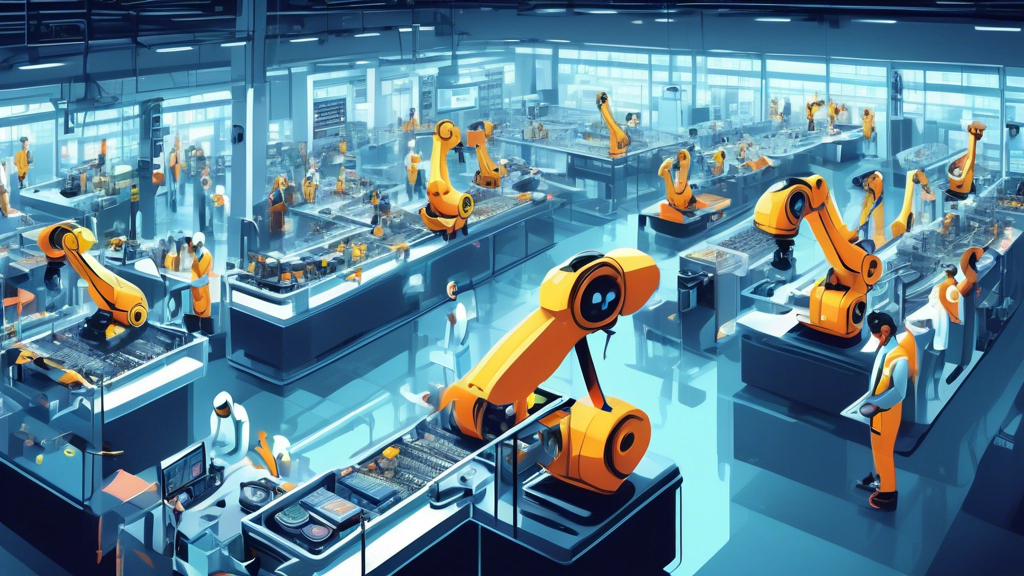My Eye-Opening Encounter with Computer Vision Technology
Let me take you back to a sunny afternoon last year when I was touring a local manufacturing plant. As someone always curious about behind-the-scenes dynamics, what I found most fascinating wasn’t just the machinery but the less visible, yet dramatically impactful, presence of computer vision technology. Have you ever wondered how modern industries maintain sky-high standards with seemingly minimal effort? Well, I was about to find out, and trust me, it’s something straight out of a sci-fi novel!
What is Computer Vision?
At its core, computer vision is a field of artificial intelligence that trains computers to interpret and understand the visual world. Using digital images from cameras and videos and deep learning models, machines can accurately identify and classify objects, and then react to what they ‘see’. Isn’t it fascinating how a machine can learn to perceive our world, sometimes even better than us?
Quality Control on Another Level
Diving into my first-hand encounter, imagine watching a high-speed camera integrated with AI continuously capturing and analyzing images on a production line. Each item zooms by, but the AI can spot defects faster than the blink of an eye. It was almost magical – but all rooted in technology.
This application of computer vision in quality control ensures that products meet rigorous quality standards, reducing human error and significantly cutting down waste. But, it’s not just about defect detection. These systems can also monitor assembly processes to ensure every component is where it should be. Ever thought about how all the gadgets you use are almost always flawlessly assembled? Yep, you can thank computer vision for that!
Read About Exploring the Capabilities of Computer Vision AI
The Real-World Impact
Here’s where it gets even more interesting. Beyond manufacturing, computer vision is used in agriculture for crop monitoring, in retail for inventory management, and even in healthcare for diagnosis assistance. The scope is vast and wildly impressive.
Amusing Misfires: When AI Gets It Wrong
It’s not always smooth sailing, though. On my tour, I witnessed a rather comical hiccup when the AI erroneously identified a simple reflection as a major defect, causing a temporary halt in production. You could see the bemusement on the workers’ faces – a mix of frustration and laughter.
Optimizing Your Interaction with Computer Vision
If you’re in an industry considering integrating computer vision, there are a few tips you might find useful. First, ensuring high-quality data is crucial for training your AI models; the better the data, the better your system’s accuracy. Also, regular maintenance of the hardware, like cameras and sensors, is vital to keep everything running smoothly. Lastly, always stay updated on the latest AI advancements to keep your technology ahead of the curve.
The Future is Seeing
Wrapping up, my adventure into the world of computer vision showed me a glimpse of the future — a future where technology not only sees but helps us see better. From ensuring the chocolate you eat is flawless to keeping your car impeccably assembled, computer vision is there, subtly embedded in our daily experiences. It’s truly more than meets the eye, wouldn’t you agree?
Reflecting on this, the question that comes to mind is, how will these technologies evolve further, and how soon before they transition from industrial use into our personal lives more visibly? One thing is for sure; the way we see the world, quite literally, is set to change dramatically.
